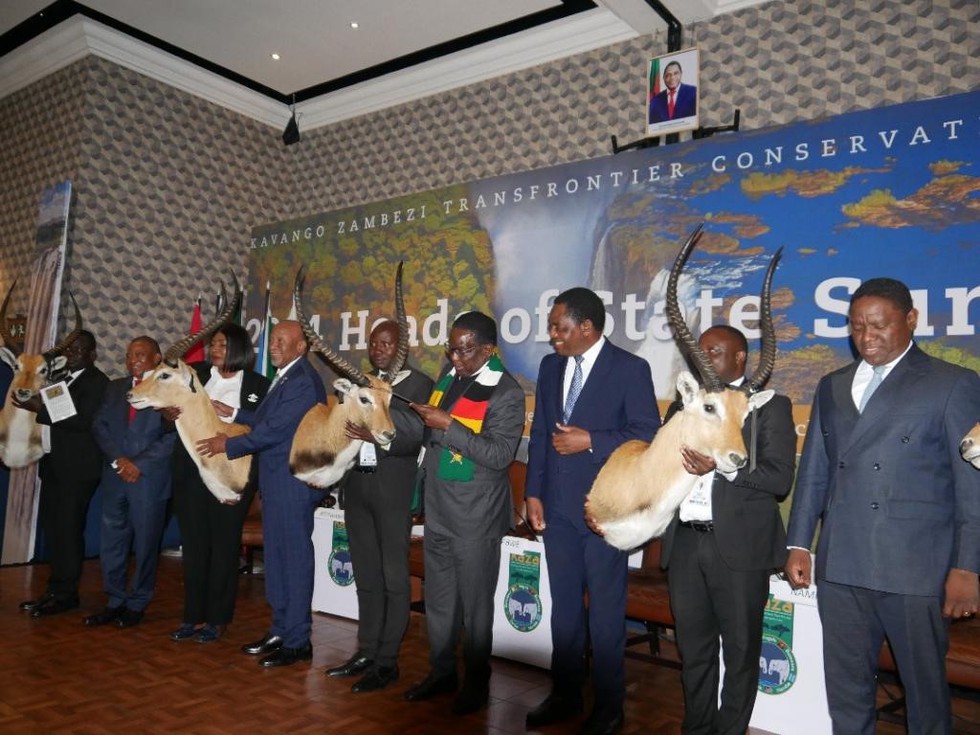
About CITES
Appendix of CITES:
Ivory Trade:
Reasons Behind Advocating for Trade Ban Lift:
Central Electronics Limited (CEL) was...
In a first, Indian Space Research Org...
A tourist from Haryana was washed awa...
Scientists are investigating the firs...
Researchers from India, London and Af...
Researchers at the Indian Institute o...
Recently, the Legal Metrology Divisio...
Earlier in June, around 300 families ...
Recently, the Union Minister for Agri...
Recently, the Director General of Rai...